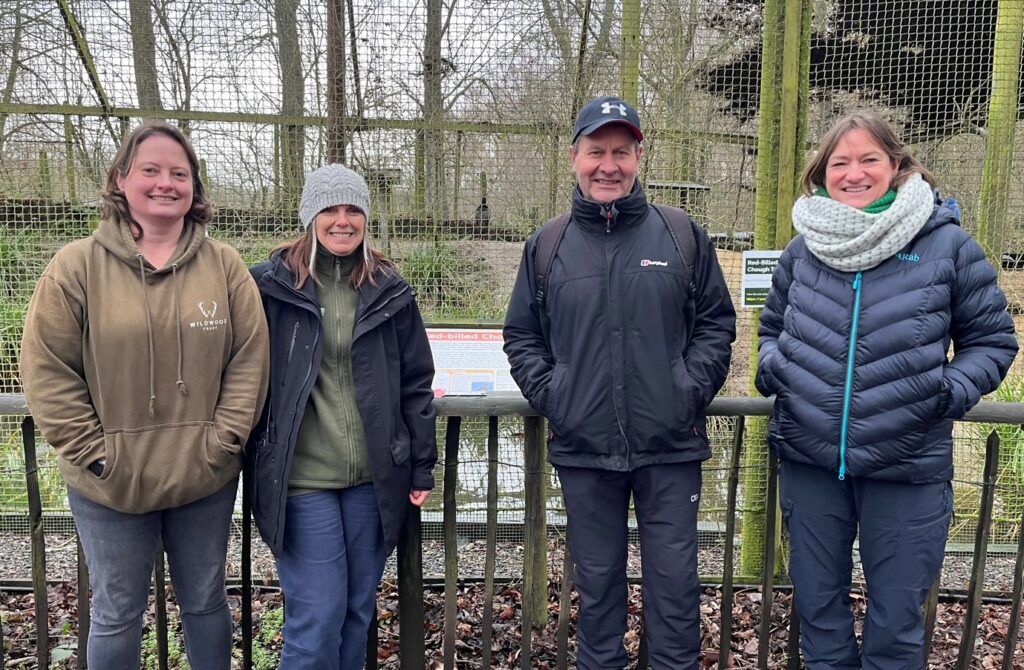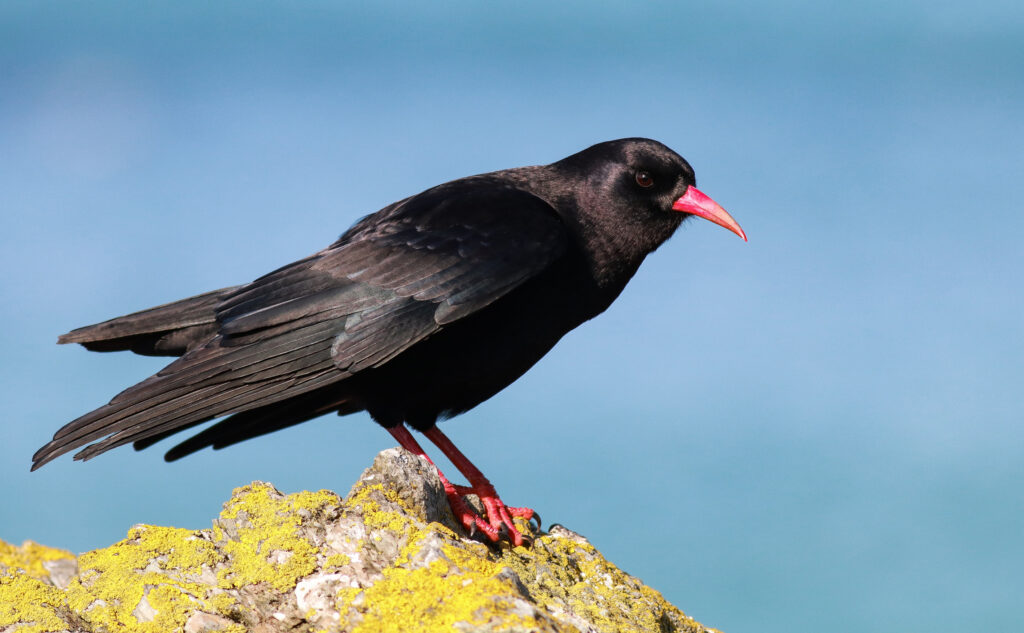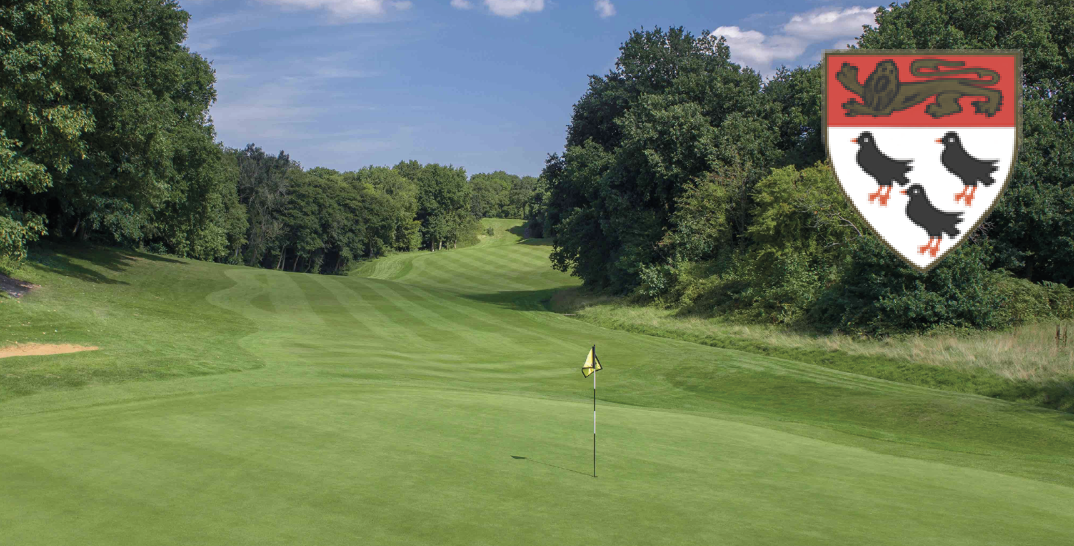Canterbury Golf Club is supporting the reintroduction of choughs to Kent as part of the wildlife conservation work that is already being undertaken by the club over its 160 acres of land, including the golf course.
Located on the outskirts of Kent’s medieval cathedral city, the club made the decision earlier this year to help sponsor a GPS monitoring programme which is part of a pioneering reintroduction project being run jointly by the Wildwood Trust and Kent Wildlife Trust.
Involvement in this project is a natural fit for the club, given its long association with the chough.
“To support this cause is an obvious choice for us as this iconic bird has been featured on the club’s crest since its establishment in 1927,” explains Roger Hyder, General Manager of Canterbury Golf Club, which is home to a classic Harry Colt layout.
“Hence we are delighted to be supporting this ground-breaking project especially as it complements the wildlife conservation work we have been doing, and will continue to do, on our own land. We really hope that other local businesses will follow our example and help to support it too.”
In early January a visit to Wildwood in Herne was organised by the Club’s biodiversity specialist, Anthony Dance, to enable members of the Golf Club to learn more about the valuable work that the club is helping to fund.

There, for example, they learned that GPS tags are attached to the choughs at their release site close to the cliffs of Dover to enable the team coordinating the project to track the movements of the birds and find out where they choose to feed. This provides critical information about the areas of chalk downland which are most favoured by choughs and the techniques which are most effective for managing these areas.
Red-billed choughs have been missing from Kent for over 200 years due to habitat loss and persecution, but thankfully this striking species is now being brought back to the cliffs of Dover.
The chough re-introduction project is a collaboration between the Wildwood Trust, Kent Wildlife Trust, the National Trust, English Heritage, the White Cliffs Countryside Partnership and local farmers and landowners and now, Canterbury Golf Club.
It is now starting its second year and will run for a five-year period, introducing eight to 10 choughs to the cliffs of Dover each year. It is hoped that the project will provide the catalyst for a series of reintroduction projects along the south coast which will link Kent’s embryonic chough population with England’s last significant population located in Cornwall, in the far southwest of the country.


